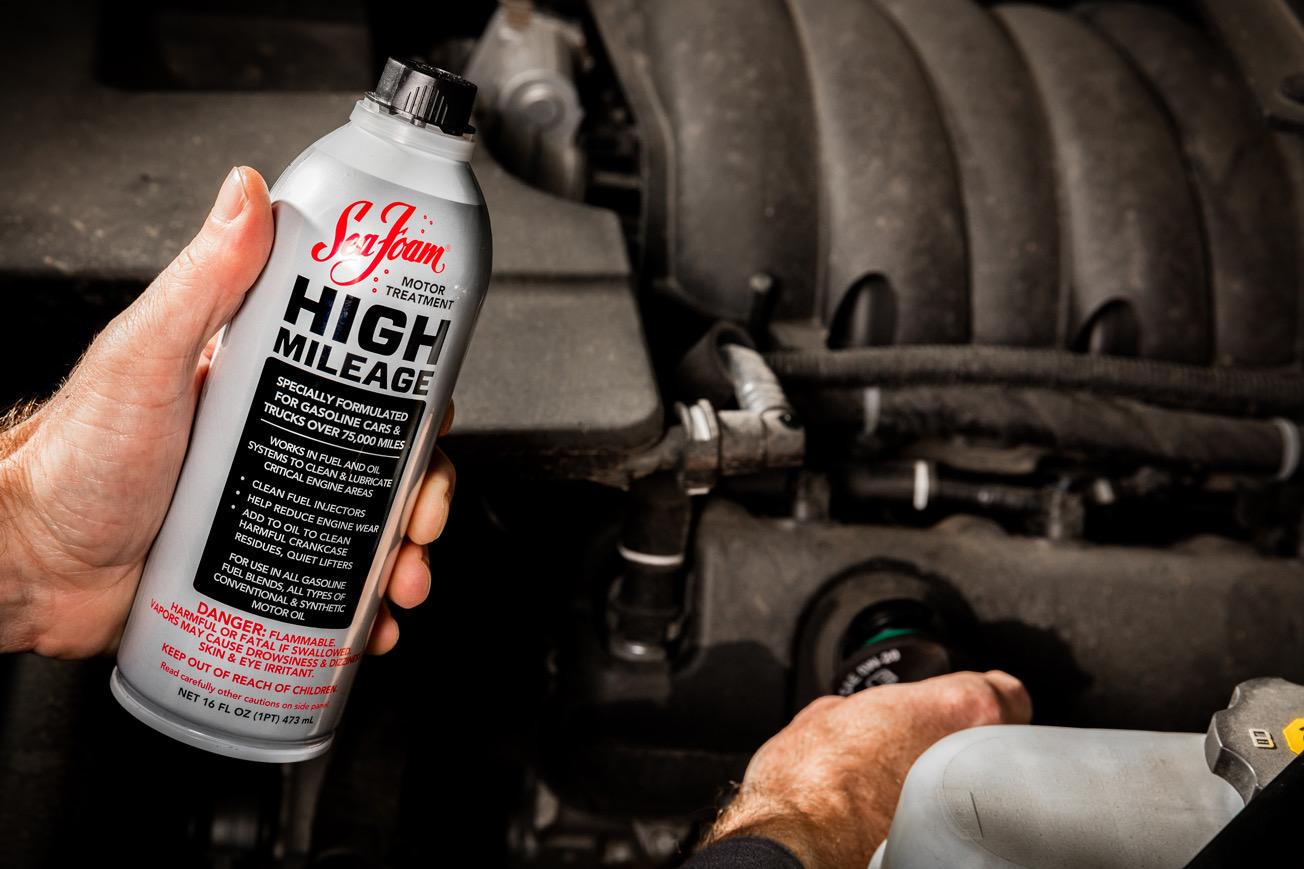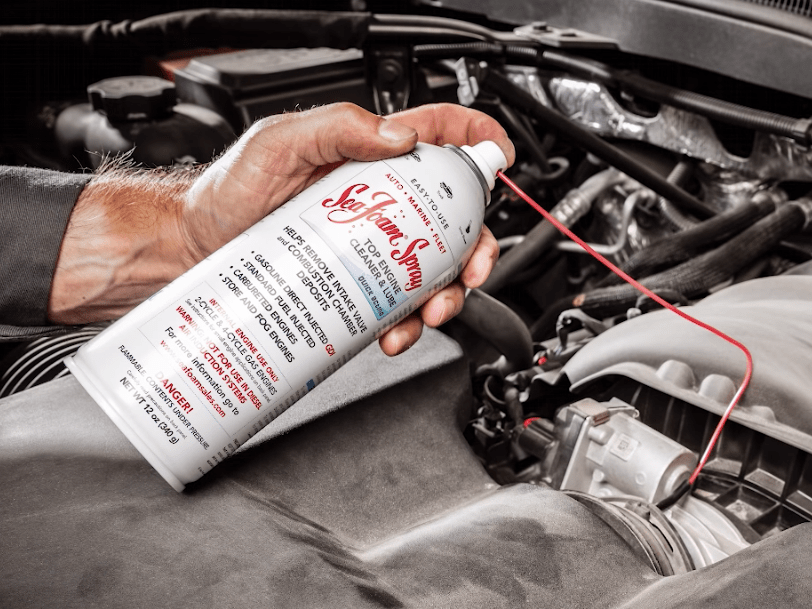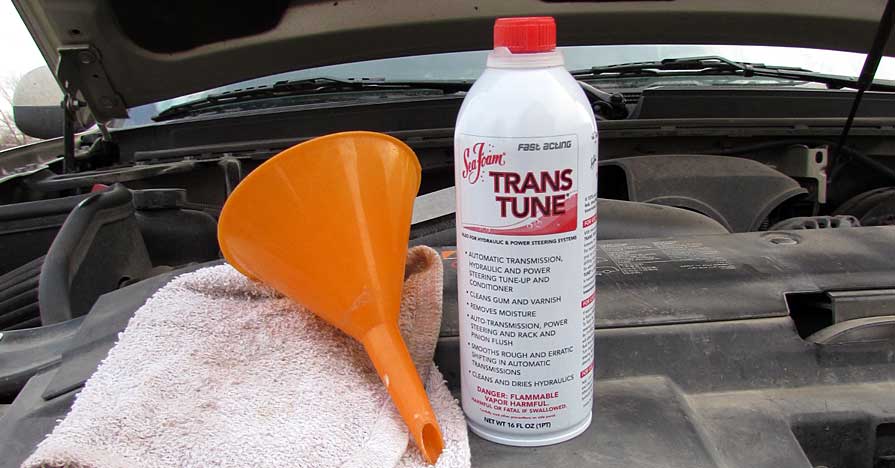Being around for more than 70 years, seafoam has been one of the most trusted fuel system cleaning products. The fuel additive improves a car’s performance by cleaning the unwanted dirt and sludge deposits. It liquidizes the solid stuff that later gets ejected through the exhaust pipe. This liquid also enhances the air/fuel ignition by absorbing water in the fuel system. To get all these benefits, you need to know how to use seafoam. You cannot use it randomly; a proper ratio must be maintained.
Contents
Why Should You Use Seafoam?
So, you want to clean the engine of your car from all the gunk, dirt, and goo. This cleaning agent can perform the cleaning of all these substances. But what kind of benefits does this seafoam offer exactly?
Over time, the internal engine components accumulate all kinds of deposits. Each part that the oil touches, including the crankcase, fuel tank, pistons, rings, and more, is coated with tar buildup and different dirty elements. Because of these buildups, the engine’s ability to cool and lubricate itself gets curtailed. As a result, the engine cannot perform at its highest efficiency, and these things also reduce the engine’s lifespan.
Dirt accumulation also takes place inside the fuel system, which blocks the carburetor jets and the injectors and sticks the piston top and intake valves. As a result, these components cannot function properly, hampering the engine’s performance. Another bad thing is carbon deposits on valves and pistons. This nasty stuff causes hot spots, leading to detonation and a bad engine performance.

How do you clean these deposits? It’s not practical to dismount the engine and disconnect each of its parts to do the cleaning job. You need an easy solution and that comes in the form of seafoam. This cleaning agent is a product of the Sea Foam Motor Treatment company. It slowly softens and liquefies sludge, gunk, and carbon deposits from various engine components, and that dirty liquid later gets flushed out through the exhaust system. The bonus is this product is completely safe for all types of diesel and gasoline engines.
Benefits of seafoam cleaning agent at a glance:
- Makes the fuel system more functional and increases its lifespan
- Cleans deposits in the intake valves and the combustion chamber
- Clears the dirt buildups in the carburetor and injectors
- Lubricates upper cylinders
SEE MORE
How to Use Seafoam in the Fuel Tank
Seafoam does not affect the fuel efficiency but you have to use a specific amount, which 1:16 or one can of seafoam in 16 gallons of fuel. Use it with octane rated 91–94 (premium quality) for the best result. Once it’s in the fuel system, it will remove the carbon deposits.
After adding the seafoam, drive the car until you run out of gasoline. During this time, it will clean the fuel injectors.
Now, let’s see how to use seafoam for clearing these unwanted ingredients from various vehicle parts.
For the crankcase.
Sometimes, oil filters operate with a loud noise due to oil sludge. Treating with seafoam will help to get rid of these dirty elements and bring the filters back to their quiet operation.
Doing the treat during an oil service is a hassle-free option. For small engines, you can do this at any scheduled oil servicing and for regularly used trucks and cars, it can be after every 3,000 miles.
Open the filter neck and pour one can of seafoam for 8 quarts of oil through a funnel. Then, drive the vehicle unless the substance is out through the exhaust system. Repeat this process to get a better result.
For combustion chambers or intake systems.
To clean these components, use a spray version rather than a regular seafoam. Fuel cleaners cannot reach the intake valves of the Gasoline Direct Injection (GDI) engine in modern vehicles. Seafoam can not only reach these unreachable areas but also work faster than any fuel cleaning agent. It also cleans and lubricates the crucial upper engine components.

Before adding seafoam, rev up the engine at approximately 2,000 rpm to warm it up. Then, set the car at the ‘Park’ or ‘Neutral’ for an automatic or manual car, respectively.
Disconnect the brake booster vacuum line (which goes into the manifold) and insert the long nozzle of the spray can. Empty the bottle, take the nozzle off, and connect the vacuum hose. Let it rest for nearly 15 minutes with the engine being turned off. Then, start the engine and drive a while until white smoke keeps coming out of the exhaust pipe. Drive in a well-ventilated area because the smoke is thick.
This is how to use seafoam for cleaning various engine components. It’s better to do this treatment every three months for a car you use regularly. Otherwise, adding seafoam whenever you do the oil servicing is fine.



